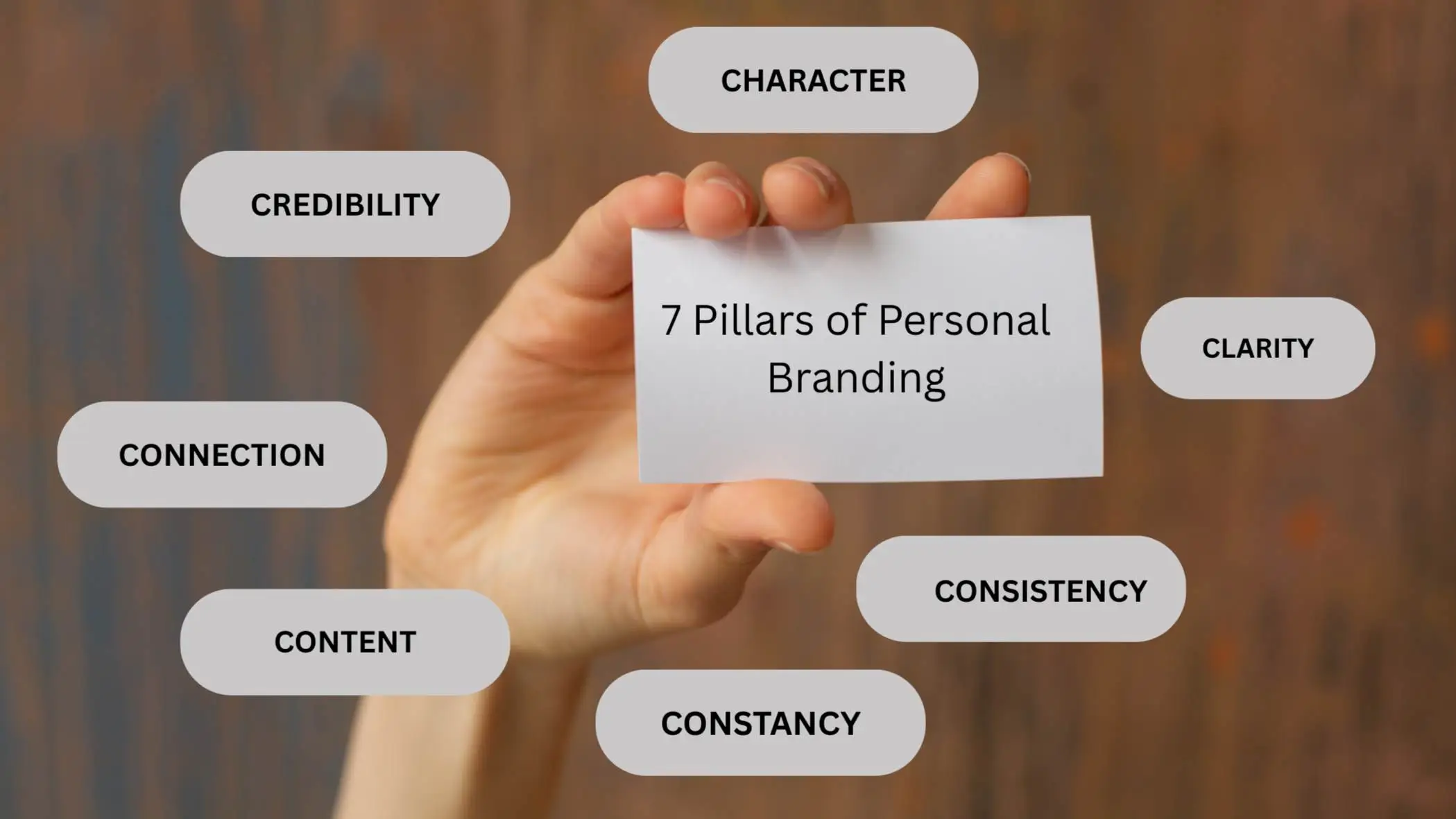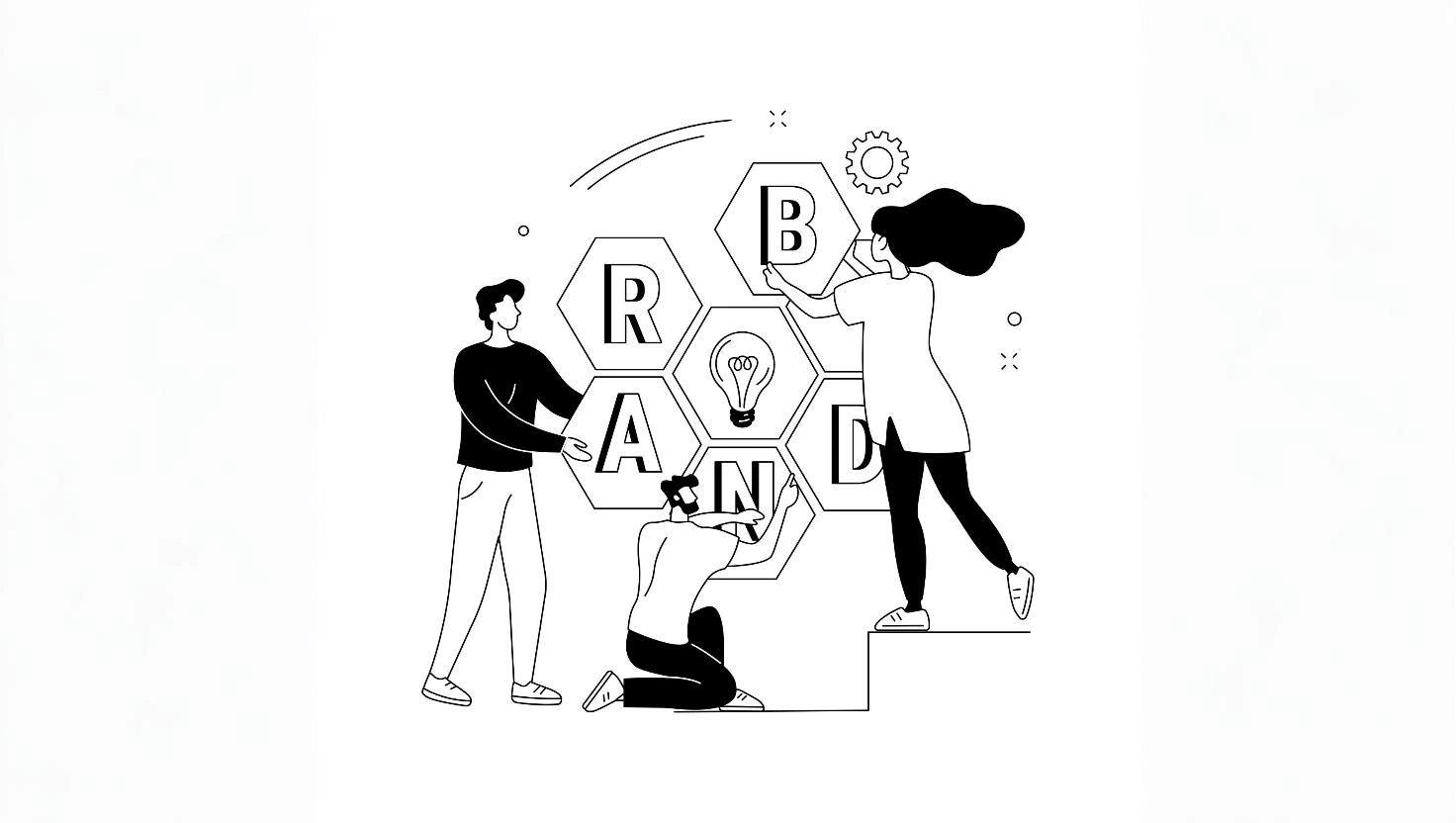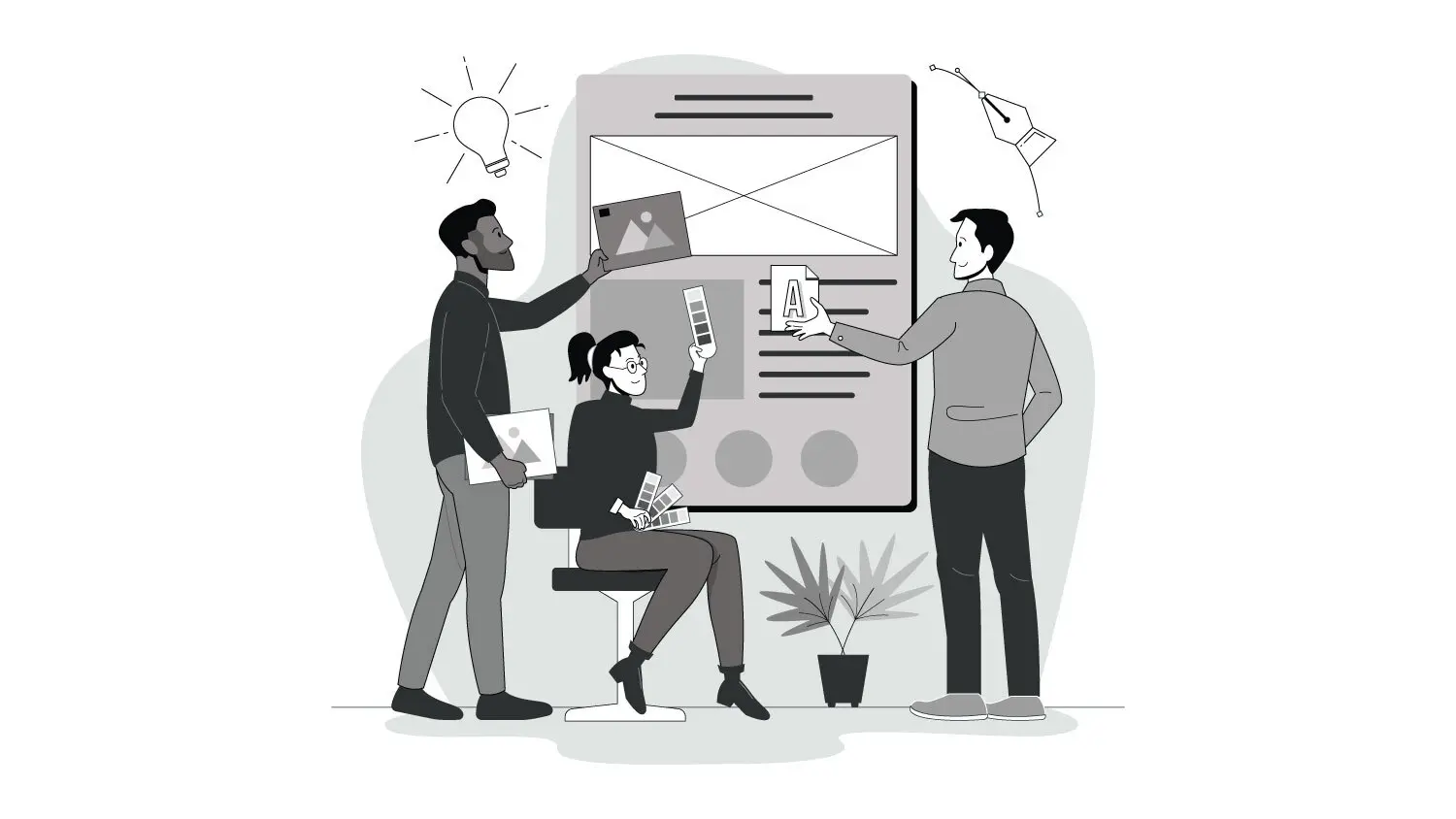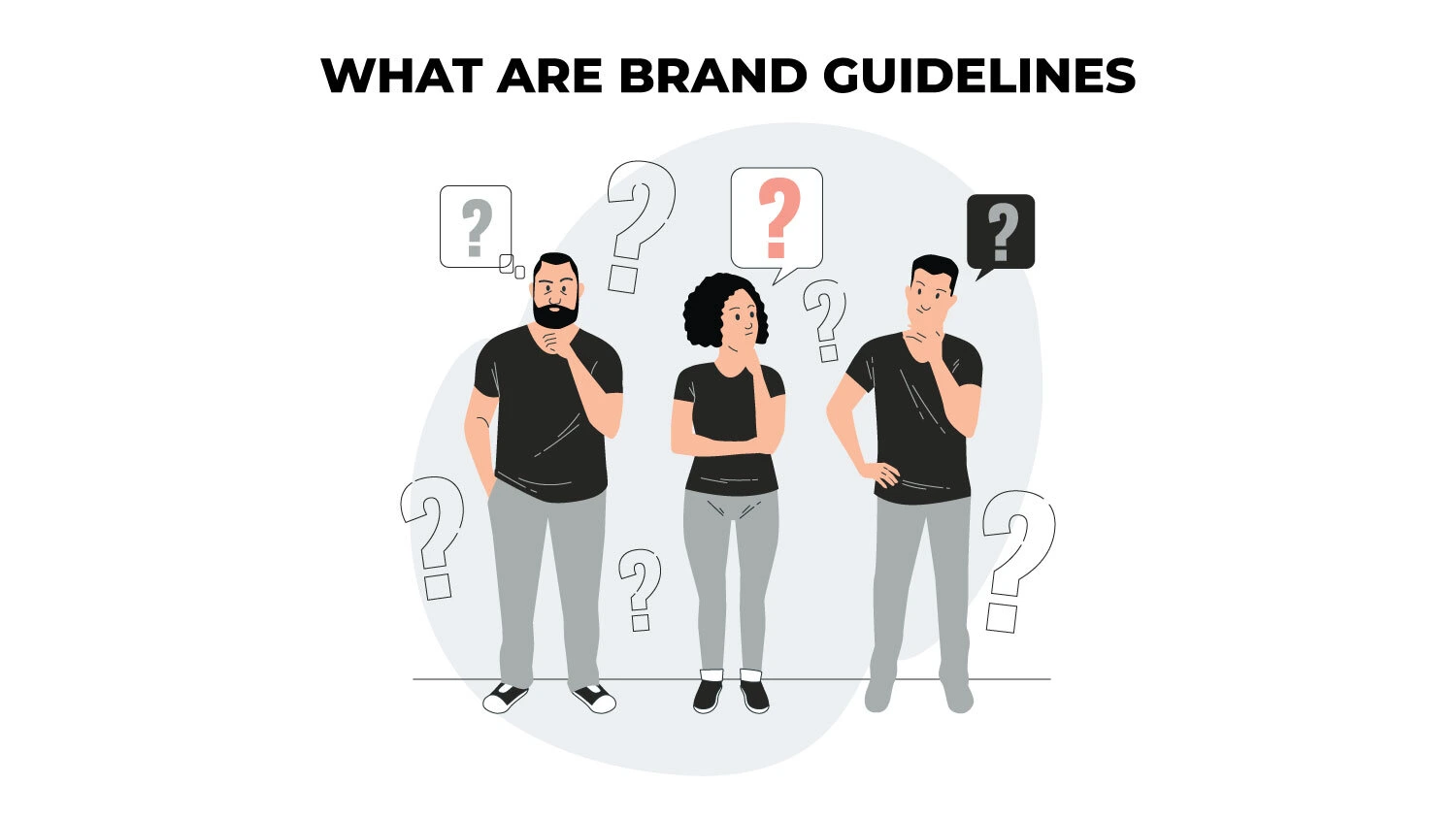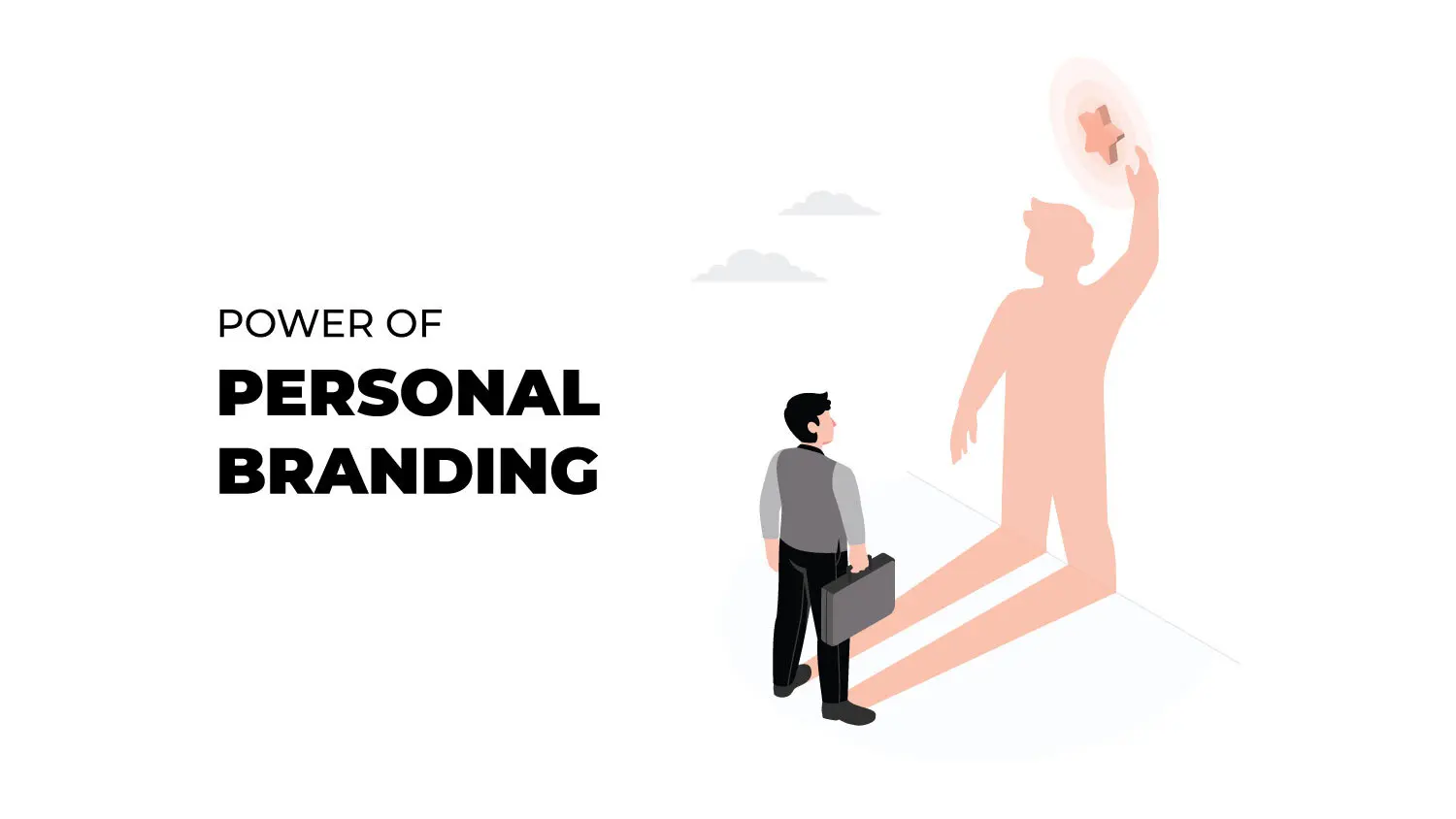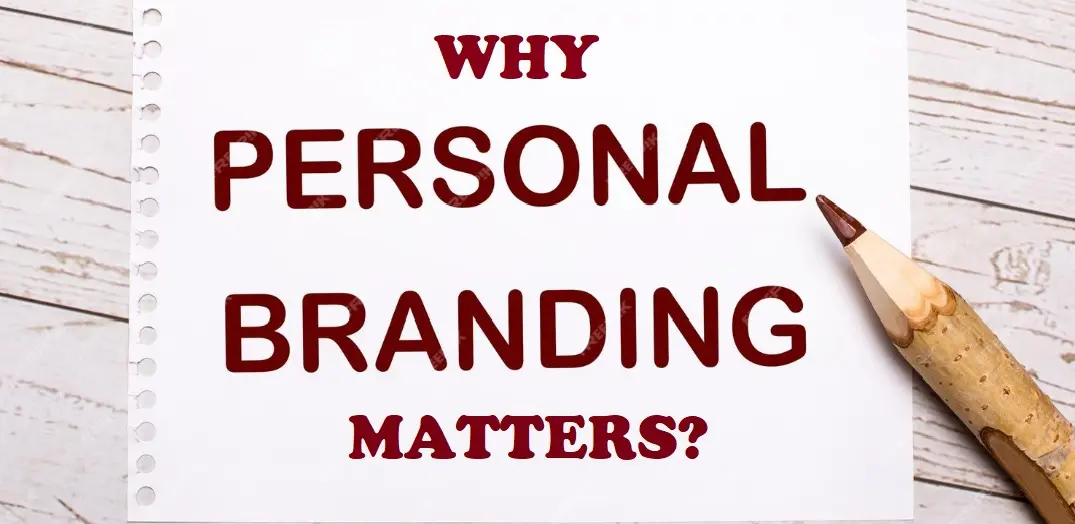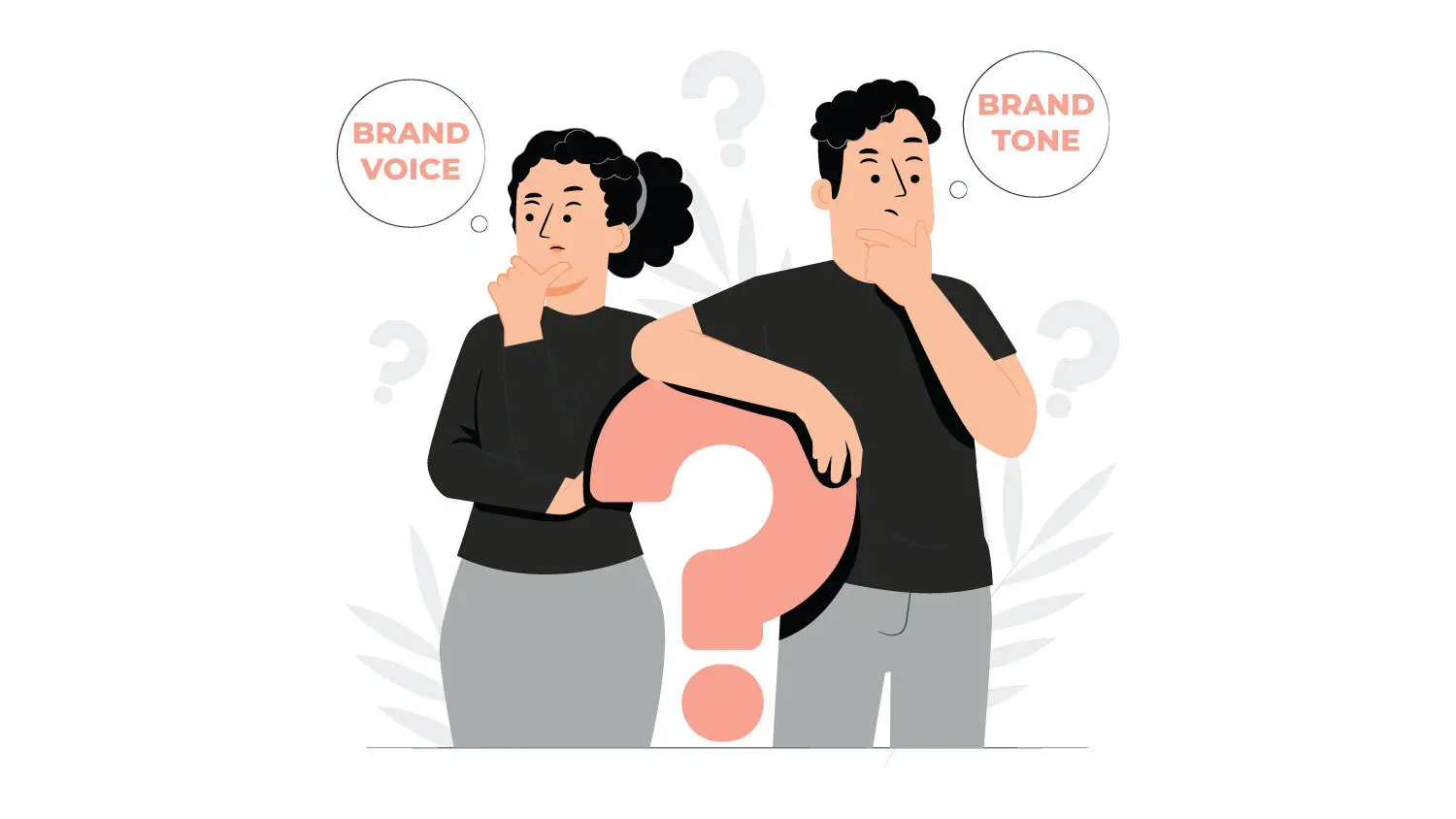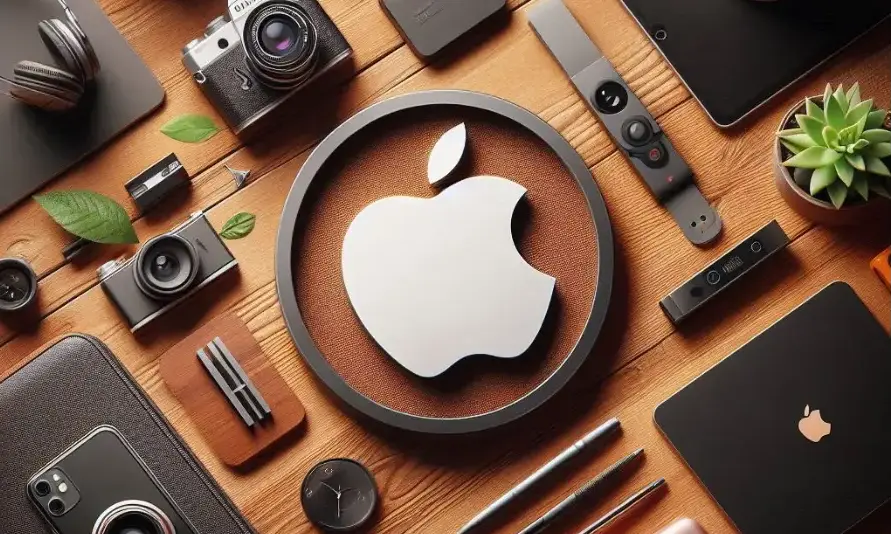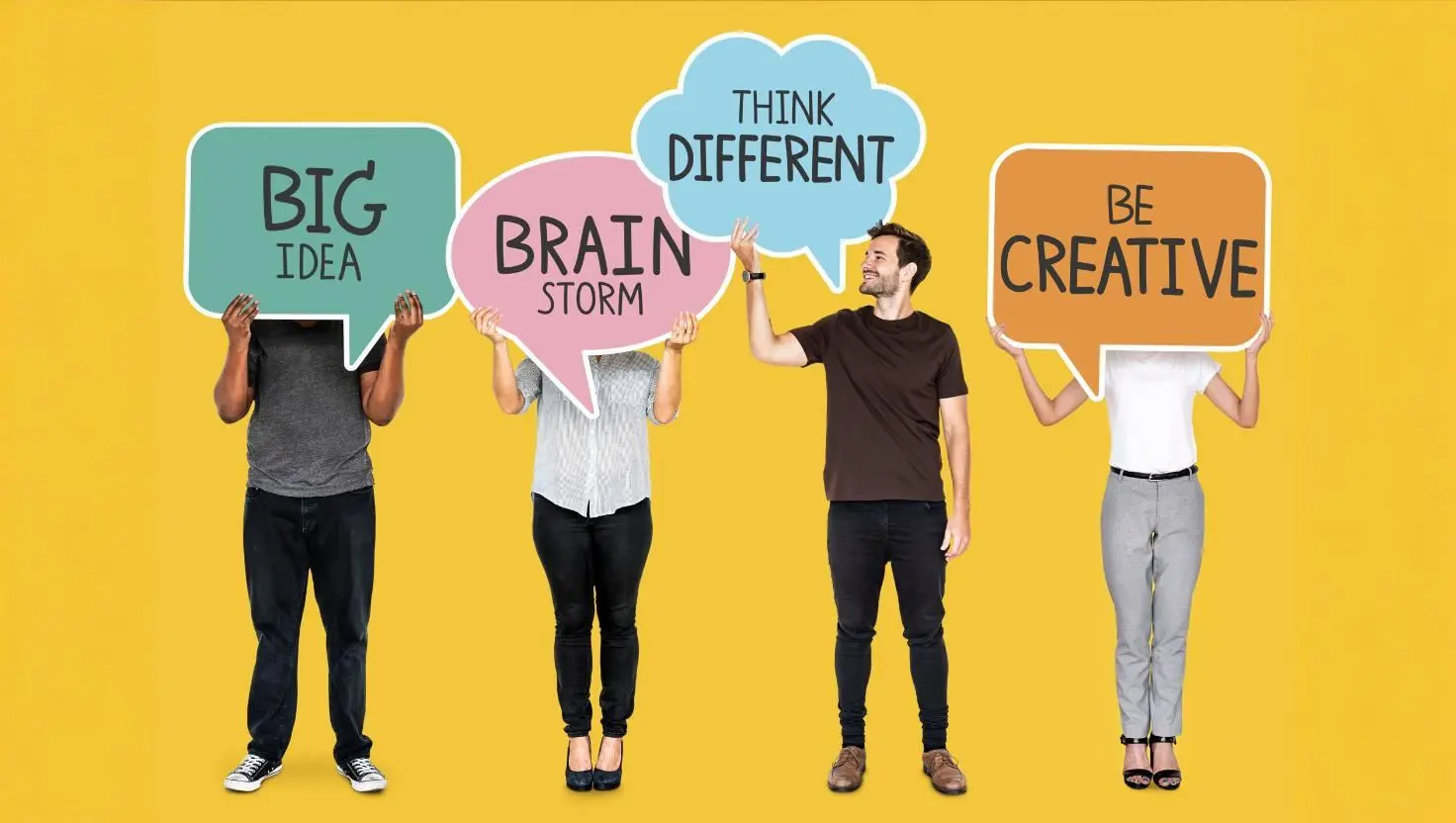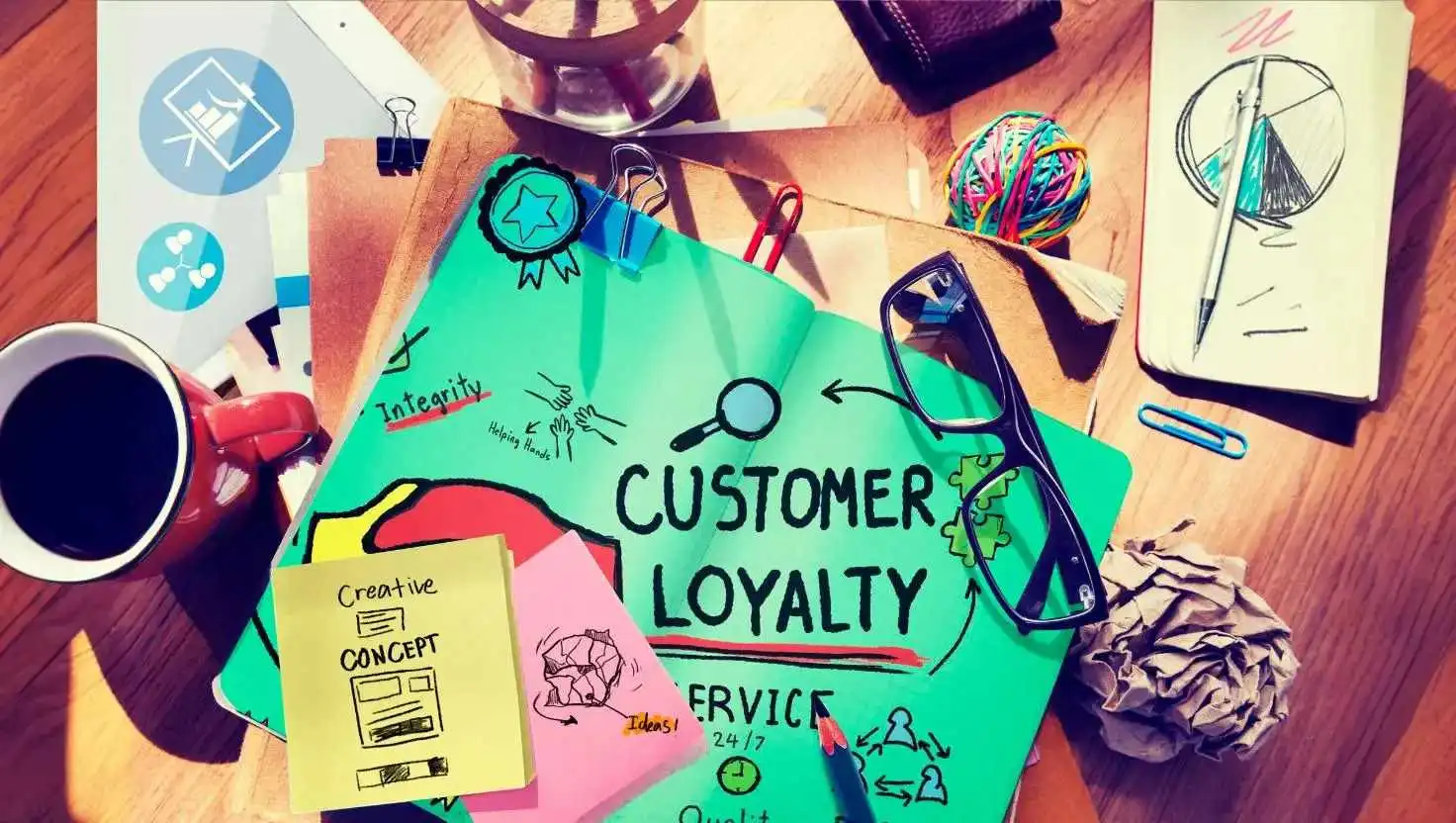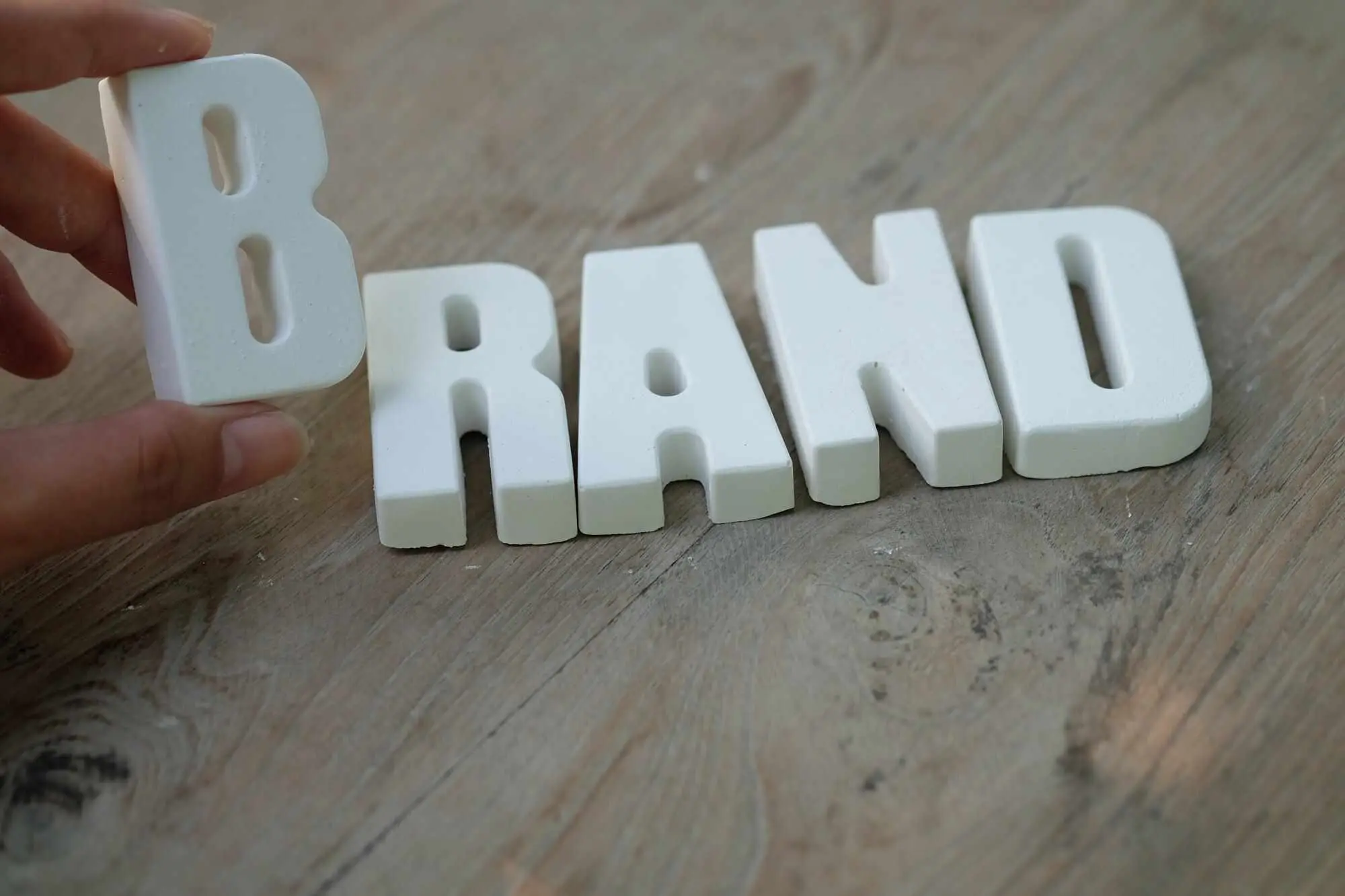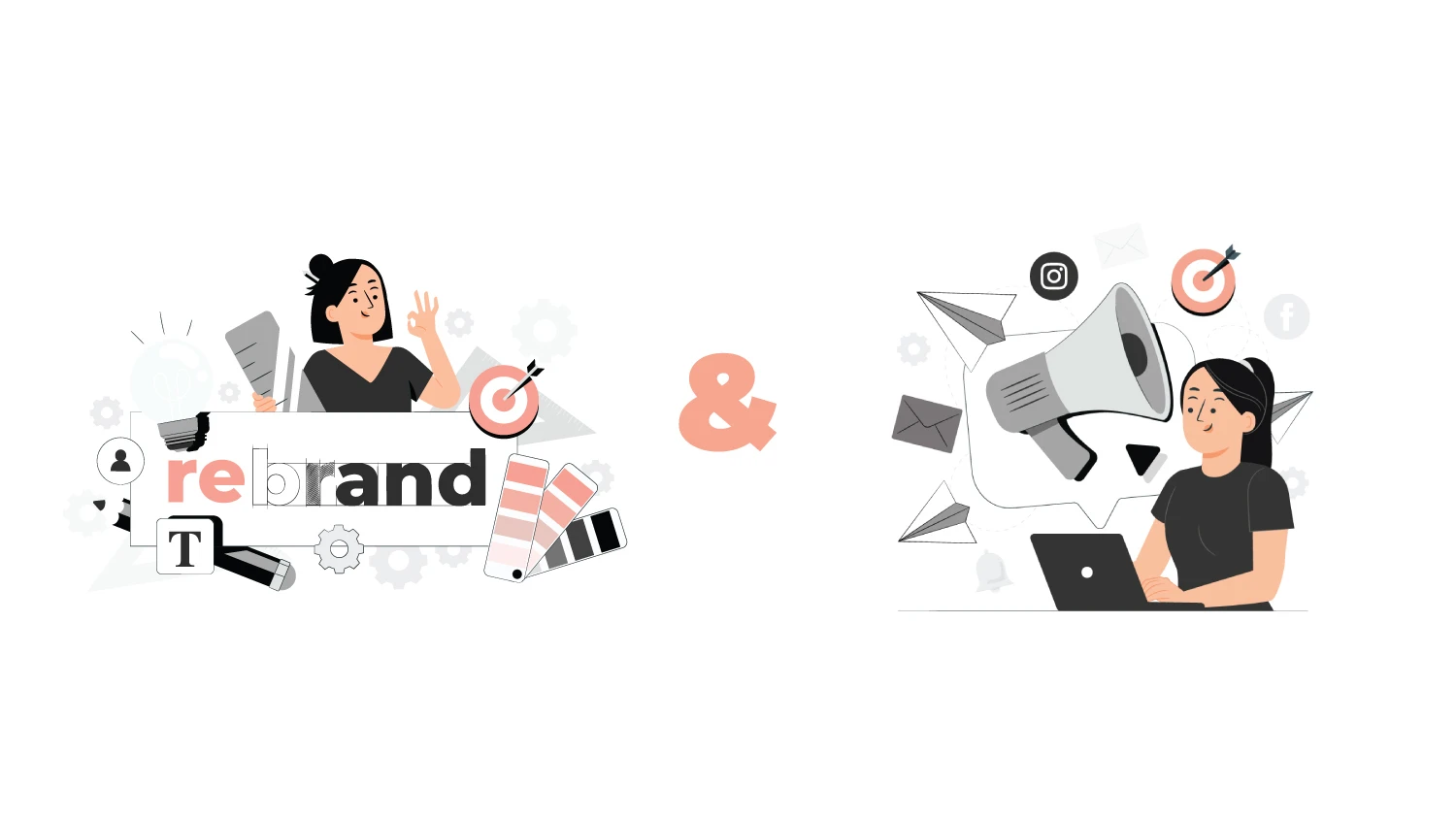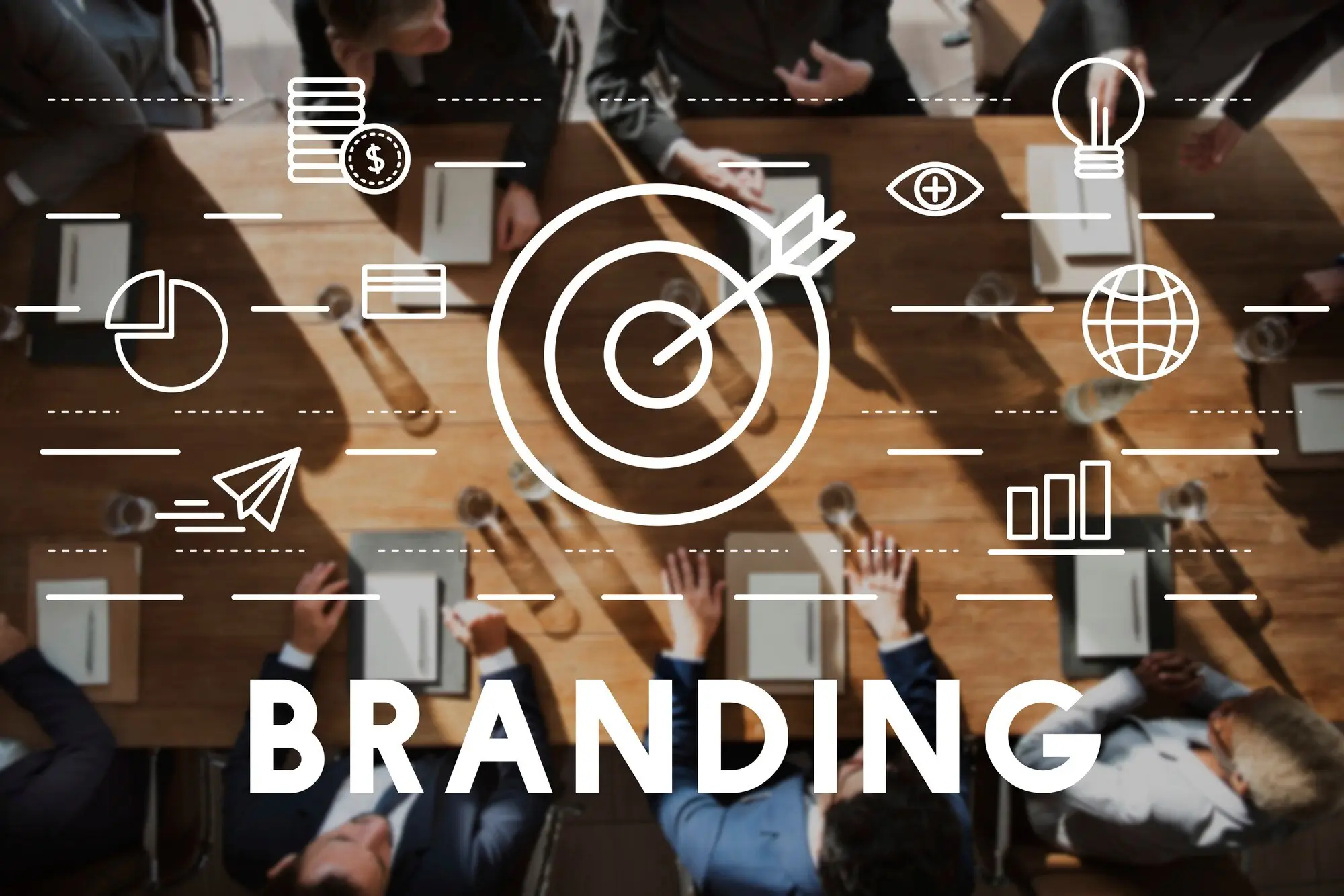In today’s digital era where everyone is having a digital presence to stand out requires more than polished LinkedIn profile or smart bio. A well-built personal brand is not luck, it’s a result of strategic effort. Here comes in picture “The 7 Pillars of Personal Branding”. These are foundational elements that help shape your identity, build trust and grow your presence and connect with more people across different platforms.
Why is personal branding important? Read now to know more.
Whether you are a creative, a consultant, a business leader or just starting your career, this framework will help you to create an authentic, consistent and influencing personal brand.
Steps To Build Your Personal Brand
1. Clarity: Know What You Stand For
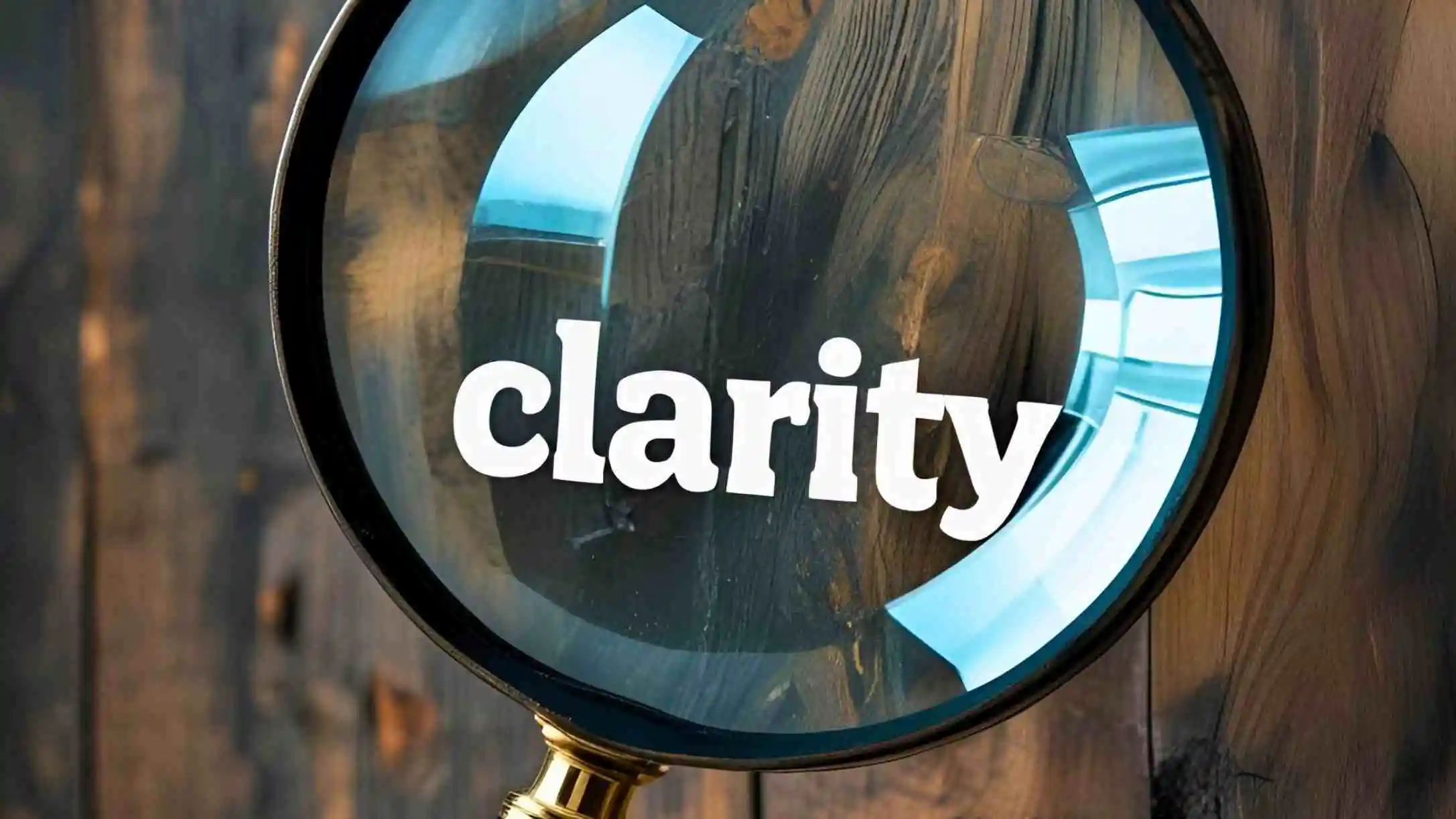
Strong brand begins with self awareness.
The first step in the 7 pillars of personal branding is Clarity. Clarity is knowing what your values, strengths and objectives are and who you wish to serve as an audience. Otherwise your brand will have a sense of confusion. This is most important in pillars of personal branding.
Ask yourself:
- What do I want to be known for?
- What unique value do I offer?
- Who am I trying to reach?
Tip: Create personal brand statement that sums up your purpose and what makes you different. This becomes your North Star.
2. Consistency: Stay Uniform Across Channels
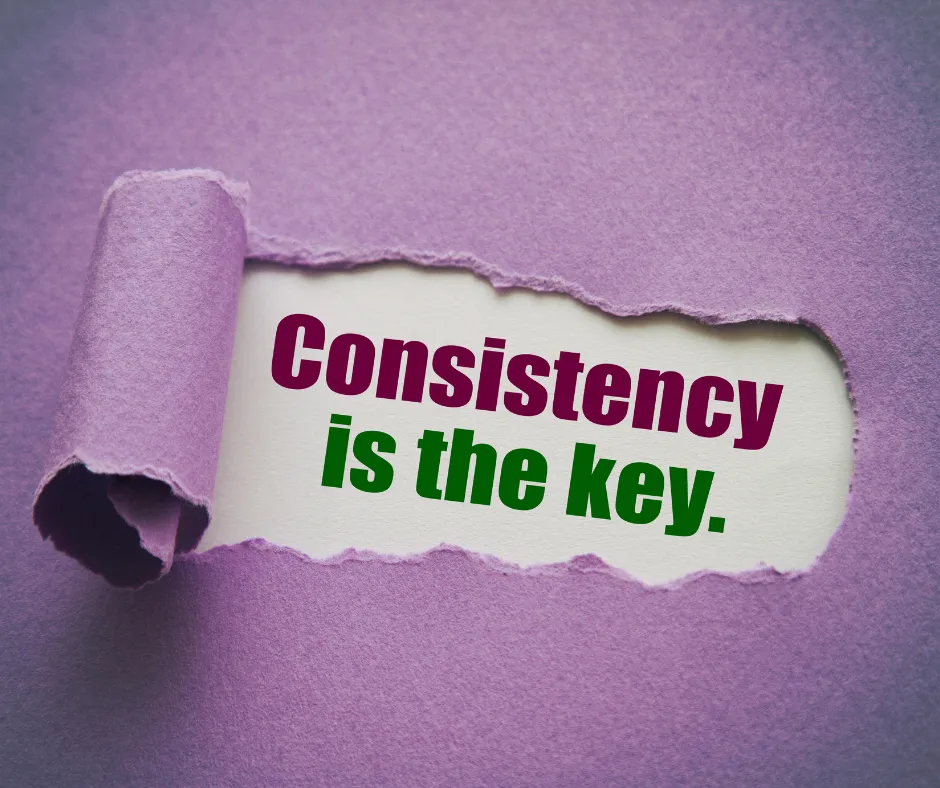
Your audience should experience the same “you” whether they meet you on Instagram, LinkedIn, a webinar, or in person.
The second step in the 7 pillars of personal branding is Consistency. It isn’t about being robotic—it’s about aligning your tone, messaging, visuals, and interactions across platforms.
This includes:
- Using similar profile pictures across social media
- Writing in a consistent voice
- Aligning your content topics with your expertise
Hence making Consistency a part of the pillars of personal branding
Tip: Use brand guidelines even for personal branding—fonts, colors, tone, and key messaging.
3. Constancy: Show Up Regularly

Even the most brilliant message fades if it’s only heard once.
Constancy is about showing up—again and again. People follow and trust those who are visible and active.
This doesn’t mean posting every day, but it does mean staying top of mind by engaging frequently and meaningfully.
Ways to be constant:
- Post weekly on your platform of choice
- Respond to DMs or comments
- Regularly update your audience with new achievements or insights
Tip: Create a simple content calendar to stay on track without burning out.
4. Content: Share Value-Driven Stories & Insights

Content is the currency of trust.
Every post, article, video, or email is a chance to shape how people perceive you. Share stories, expertise, learnings, and even challenges to humanize your brand.
Content ideas:
- Behind-the-scenes of your work or process
- Industry insights or personal reflections
- Mini case studies or success stories
- Personal branding books that inspired you
Tip: Focus on content that educates, inspires, or helps your audience solve a problem.
5. Connection: Build Genuine Relationships

Branding is not broadcasting.
It’s about connection—listening, engaging, and creating two-way conversations.
Your personal brand grows stronger with every meaningful relationship you build.
Ways to connect:
- Engage in conversations within your niche
- Support others’ content thoughtfully
- Attend (or host) virtual events and webinars
Tip: How you make people feel about you matters. Be generous, not transactional.
6. Credibility: Back It Up With Proof

Credibility is the trust factor. It’s not just about what you say—but what you’ve done and how people perceive you.
Your achievements, testimonials, case studies, and consistent behavior all contribute to your perceived credibility.
Build it by:
- Highlighting your track record without exaggeration
- Sharing testimonials or endorsements
- Being transparent about both wins and failures
Tip: Use your bio and pinned posts to spotlight your strongest proof points.
7. Character: Be Authentically You

Character is the soul of your brand.
It’s how you treat people, what you stand for when no one’s watching, and how aligned you are with your values.
People resonate with personal brands that are real—not perfect. Be open about who you are, what you believe in, and what sets you apart. This is what makes you memorable.
Strengthen character by:
- Staying true to your voice, even when trends shift
- Being kind and ethical in all interactions
- Owning your story—flaws and all
Tip: Share stories that reflect your personal values, not just your professional ones.
Conclusion:
The 7 Pillars of Personal Branding—clarity, consistency, constancy, content, connection, credibility, and character—work together like a structure. When even one is weak, your brand may feel unbalanced or unclear. But when all seven pillars of personal branding align, your personal brand becomes a powerful magnet for opportunities.
At Pixtar, we help professionals and entrepreneurs like you build brands that aren’t just seen, but remembered. If you’re ready to put these pillars of personal branding into practice and want expert guidance, we’re just a click away.
Let’s turn your name into a brand people trust.

